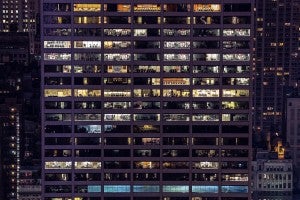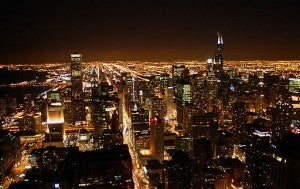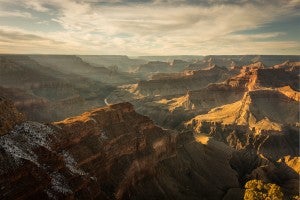 No one ignores an opportunity to save billions of dollars. Numbers of that size are enough to make an audience take notice, even in a business like commercial real estate, where deals in the hundreds of millions and billions are commonplace.
No one ignores an opportunity to save billions of dollars. Numbers of that size are enough to make an audience take notice, even in a business like commercial real estate, where deals in the hundreds of millions and billions are commonplace.
Each year the U.S. spends over $400 billion on energy for our buildings, many of which were constructed before modern energy codes existed and, as a result, use more energy than they should. This efficiency gap has led to the creation of a $20 billion retrofit industry, designed to help building owners and managers overcome barriers that deter them from tackling energy costs, like lack of information, misaligned financial incentives, or insufficient capital. In my hometown of Chicago alone, buildings could save up to $184 million in energy costs if they pursued more aggressive energy management – and those are just the ones reporting data. Read More










 America got a rare unanimous decision from the Supreme Court this week in a case that has widespread implications for our electric grid, as well as the markets and regulations that govern and move it.
America got a rare unanimous decision from the Supreme Court this week in a case that has widespread implications for our electric grid, as well as the markets and regulations that govern and move it. Wait – Ohio utility regulators did what?
Wait – Ohio utility regulators did what? Localized power grids that have the ability to disconnect from the main, centralized grid – known as microgrids – have become one of the electricity industry’s latest darlings. Particularly after Hurricane Sandy knocked out electric generators and wires along the Northeast coast in 2012, urban and utility planners have been devising localized grids that can operate autonomously, strengthen the overall power system’s reliability and resilience, and protect critical infrastructure like hospitals, water treatment facilities, and police stations in the event of a grid-wide outage.
Localized power grids that have the ability to disconnect from the main, centralized grid – known as microgrids – have become one of the electricity industry’s latest darlings. Particularly after Hurricane Sandy knocked out electric generators and wires along the Northeast coast in 2012, urban and utility planners have been devising localized grids that can operate autonomously, strengthen the overall power system’s reliability and resilience, and protect critical infrastructure like hospitals, water treatment facilities, and police stations in the event of a grid-wide outage. You probably have some sort of insurance – for your healthcare, car, house, or apartment. Acting on climate change is also like insurance. It is all about managing the risks.
You probably have some sort of insurance – for your healthcare, car, house, or apartment. Acting on climate change is also like insurance. It is all about managing the risks. On vacation and awake in my too-soft bed at 5 AM while my family snored, I was regretting my misaligned sleep schedule. But then I realized time was on my side, so I tiptoed out in solitude for sunrise at the south rim of the Grand Canyon. Thanks to my very clever smart phone that is also a camera, my amateur photos (sort of) reveal the majesty of this national landmark. When we realize the schedule of Nature’s
On vacation and awake in my too-soft bed at 5 AM while my family snored, I was regretting my misaligned sleep schedule. But then I realized time was on my side, so I tiptoed out in solitude for sunrise at the south rim of the Grand Canyon. Thanks to my very clever smart phone that is also a camera, my amateur photos (sort of) reveal the majesty of this national landmark. When we realize the schedule of Nature’s